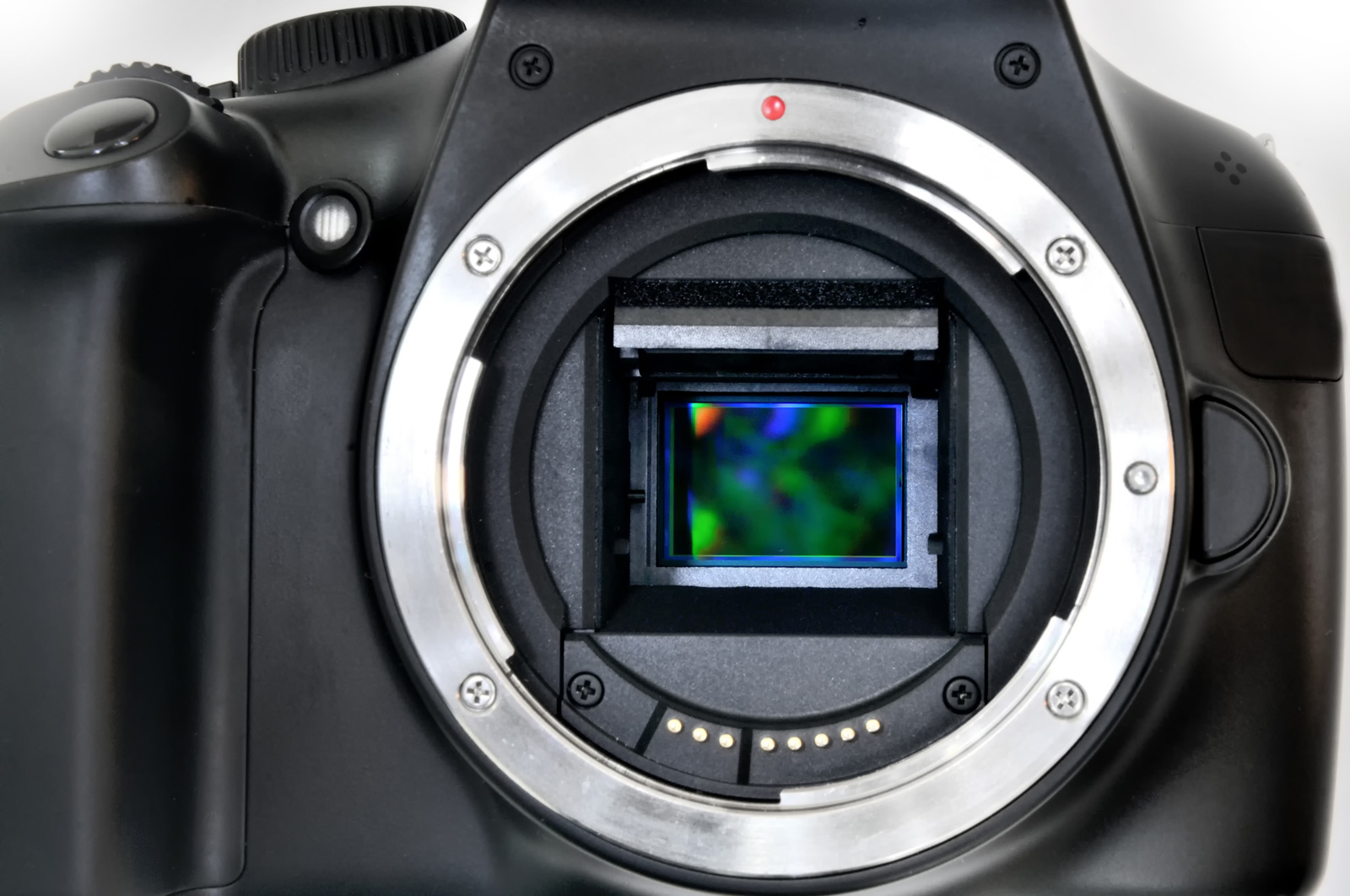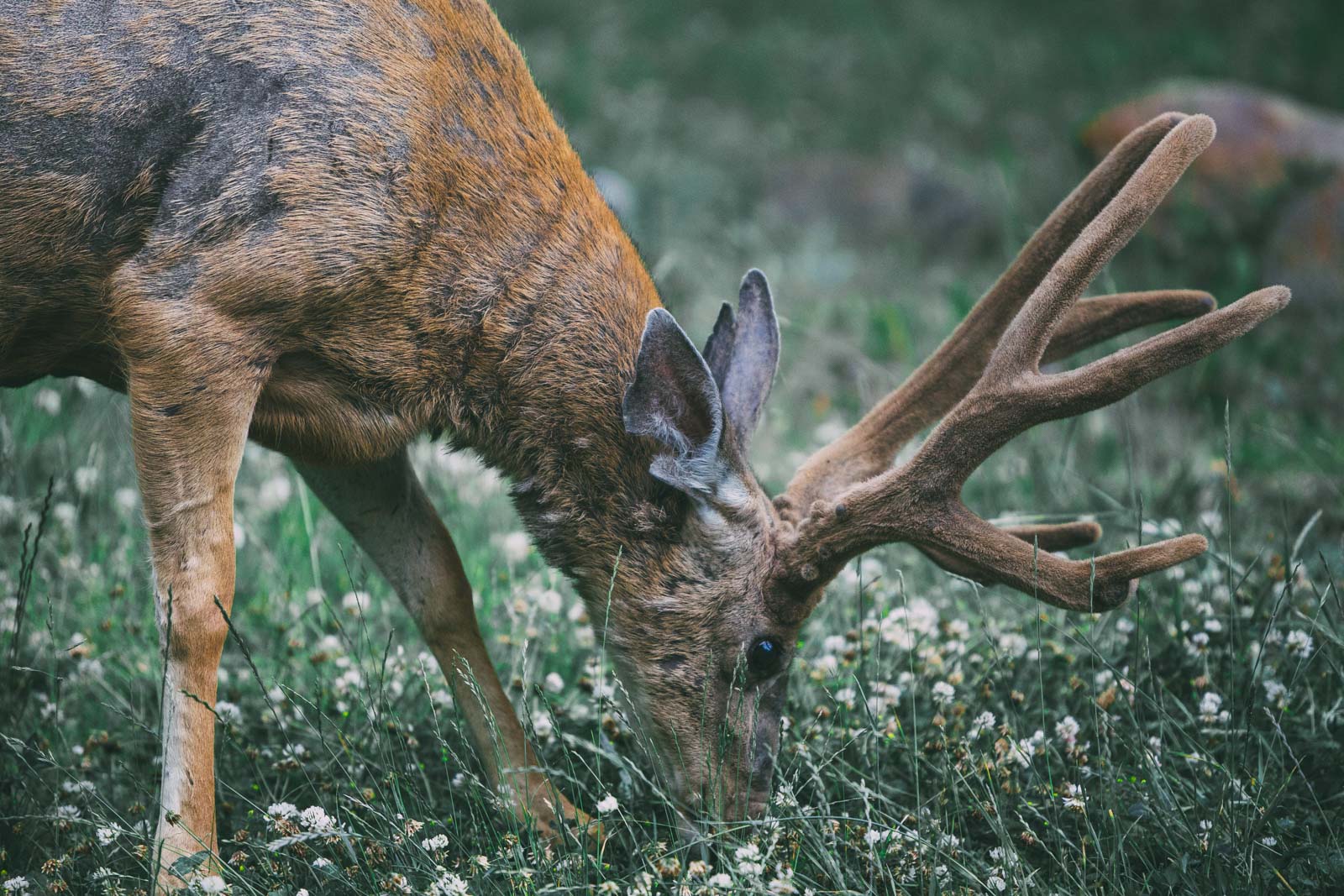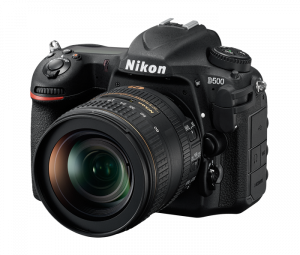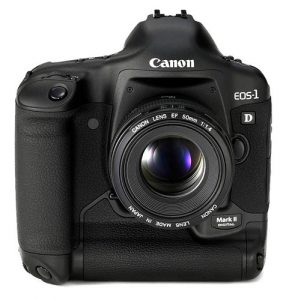What’s the Best Camera for Wildlife Photography in 2021?

I am always asked one question more than any other: what is the best camera for wildlife photography? Digital SLRs are numerous now, with plenty of options on the market. But now there are also mirrorless cameras to throw into the equation. Navigating this minefield of camera technology is incredibly complicated, especially if you are new to the field.
Wildlife photography is difficult, too. We put our cameras through tough conditions and demand a lot (with regards to performance) from them. Your camera needs to deal with fast movement, low light, and the physical demands of the outdoors.


There are a number of things you need to think about when looking for the best camera for wildlife photography. This guide will help you make that decision and get the right camera for your needs.
Short on time? Jump to my wildlife photography camera recommendations!
Before we get to my recommendations, let’s first look at things that you need to consider when choosing a camera.
Table of Contents
Features of the Best Cameras for Wildlife Photography
Crop Sensor or Full Frame?
Cameras come in two forms: cropped or full-frame sensors. The latter is typically more expensive, offering advantages such as better image quality and ISO capabilities (meaning they can shoot well in lower light conditions – a great thing for wildlife photography). Cropped sensors are cheaper, but they also offer increased reach for your lens (so the image will appear more ‘zoomed in’ at a given focal length than it would on a full frame sensor – another great feature for shooting wildlife).
Further Reading: The Difference Between Full Frame & Crop Sensors

If I were buying my first camera for wildlife photography specifically, I would strongly recommend you chose a crop sensor camera. The extra reach opens you up to more opportunities for photos. It’s incredibly frustrating to find that you can’t get close to wildlife, and until your field craft skills are particularly good the extra reach will be a major advantage.
The cost is also a major plus point. In fact, even though I have been shooting with full frame cameras for a number of years now, I’ve been strongly considering buying a Nikon D500 (read our review here) – it’s a crop sensor camera that performs extremely well for wildlife.
Autofocus Points
The best camera for wildlife photography will have a great autofocus system. You basically have no chance of achieving a sharp photo if you’re manually focusing; so 99.9% of the time you’ll find yourself using autofocus with wildlife. Consequently, your camera needs to be good at doing just that: focusing.
Autofocus needs to be accurate and fast. This comes with an increased number of autofocus points in the camera’s AF system. A higher number of points means a camera has a better ability to be accurate when choosing the area it focuses on, and it also means you will be able to track moving wildlife more successfully.
Further Reading: Understanding Autofocus Points and Modes

When choosing a camera, look at the number of AF points available to you. You can’t see a specific rating for them, but a higher number the better. Budget cameras will, of course, have less than more expensive options.
Low Light Capabilities
Wildlife tends to come out of the shadows at dawn and dusk. Most animals aren’t that active in the middle of the day – they’re more likely to be predated. The bigger predators will then spend less time moving around as they’ll have successful hunts at dawn and dusk. This doesn’t run true for every animal, but in general this is a pattern seen in nature.

What does this mean for you as a wildlife photographer? You need to be active yourself at dawn and dusk. That may be easy for you, but your camera needs to perform well too.
As the light drops and animals start to emerge, your camera will perform less well. You’ll find yourself needing to increase the ISO speed to make the sensor more sensitive to light and brighten your exposure. This brings with it digital noise and, whilst this can be removed in post production, there is only so far you can go until you ruin your photo.
The best cameras for wildlife photography tend to have good ISO capabilities. That may mean looking at a full frame camera, but you’ll be paying more for it. To determine how good a camera is with handling higher ISO speeds, take a look at comparison images on the internet and keep your eye out for at which level digital noise tends to increase dramatically. However, don’t panic. There are ways you can photograph wildlife in low light without paying through the nose for full frame cameras.
Further Reading: How to Photograph Wildlife in Low Light
Shooting Speeds
Finally, a faster shooting speed (the number of frames per second the camera takes) is handy for wildlife photography. If your camera is slow, shooting around 3 frames per second, you’re more likely to miss the perfect shot that happens in the gaps between each time the shutter fires. Shooting in burst mode is highly recommended for wildlife photography.
Top DSLR cameras will shoot 12 frames per second and beyond, which is crazy fast. You don’t necessarily need anything like this – but it definitely helps. You can still take good wildlife photos a even 1 frame per second, but you need to be quicker at reacting to each moment.
The number of frames per second is something to be aware of, but it isn’t the be-all-and-end-all when making a choice of which camera to buy.
The Best Camera for Wildlife Photography 2021
We’ve covered the things you need to be aware of when choosing a camera, so now here are some recommendations for the best cameras available as of this moment in 2019 for wildlife photography.
Nikon D850
Relatively new onto the scene, the Nikon D850 is being described as possibly the best all-rounder camera for nature photography. Whilst this camera is excellent for wildlife photography, it’s also capable of shooting stunning landscapes as well. You can read our review on this camera, but the specifications speak for themselves: with 7 frames per second shooting speed at a huge 45.7 megapixels, this camera is definitely a wildlife photographer’s dream.
Nikon D500
A popular choice amongst wildlife photographers, the Nikon D500 exploded on to the scene boasting huge capabilities for a crop sensor camera. With the same autofocus system as Nikon’s flagship DSLR, the D500 is the best choice for photography birds in flight and other fast-moving wildlife. It has a 21 megapixel sensor, with great ISO capabilities and offers you that extra reach signatory of a crop sensor camera.
Sony a9
A 24 megapixel full-frame mirrorless camera, the Sony a9 combines high performance with a compact size. It has a mind-boggling 20 frames per second shooting speed and 693-point shooting speed.
Initially I hadn’t been recommending this camera, purely because suitable lenses for wildlife photography did not exist. However, Sony have now released a number of telephotos (including the 200-600mm) that make the a9 a great choice.
There is also now a Sony a9 II, but the only notable benefits this brings with it are boosts to connectivity. This is something beneficial to press and sports photographers working on location and needing to deliver images quickly, but not of note to wildlife photographers.
Canon 7D Mark II
A fantastic crop sensor option for Canon users, the 7d Mark II offers 10 frames per second shooting speed with a 20 megapixel sensor. With a high number of AF focus points, this is a great camera for staying on target and focused.
Canon 5D Mark IV
But, actually, a much better choice is the Canon 5D Mark IV if you can stretch your budget (massively). It’s got a 30 megapixel sensor and shoots 7 frames per second. This is the camera I shoot with now, and it’s very popular amongst wildlife photographers. The increased resolution gives you more flexibility, and the camera handles really well.
Nikon D5
If money isn’t an issue, then the D5 is definitely the best choice you can make from the Nikon brand. The D5 is the flagship DSLR camera they offer: with a 20 megapixel full-frame sensor and shooting speed of 12 frames per second, you can’t go wrong here.
The camera has incredible ISO capabilities, meaning you can shoot fantastic images in very low light. You can even record 4K video at 30fps! It’s the dream for wildlife photographers.
Canon 1DX Mark II
Similarly, the Canon flagship is the 1DX series. The Mark II offers a huge 14 frames per second shooting speed with a 20 megapixel full-frame sensor. It also has great ISO capabilities, and boasts 4K video recording.
Again, just like the D5 from Nikon, there’s a fantastic AF system onboard so you will be able to track fast-moving wildlife at all times.
Nikon D750
A slightly cheaper option from Nikon, the D750 offers a 24 megapixel sensor with a shooting speed of 6.5 frames per second. It has good ISO capabilities and is robust for life in the outdoors. It offers full HD video recording and is a popular choice amongst action photographers from all genres of photography.
Canon 80D
A step down from the 7D, the 80D offers a 24 megapixel sensor with 7 frames per second shooting speed. There’s full HD video recording at 60fps, and good ISO capabilities.
On a Budget?
If you are looking for cheaper cameras, then I recommend reading our article The Ultimate Guide to Wildlife Photography on a Budget. You don’t need to pay big bucks to be a wildlife photographer!
If you’re looking for a new lens, then I recommend reading our article ‘What’s the Best Lens for Wildlife Photography?‘.








